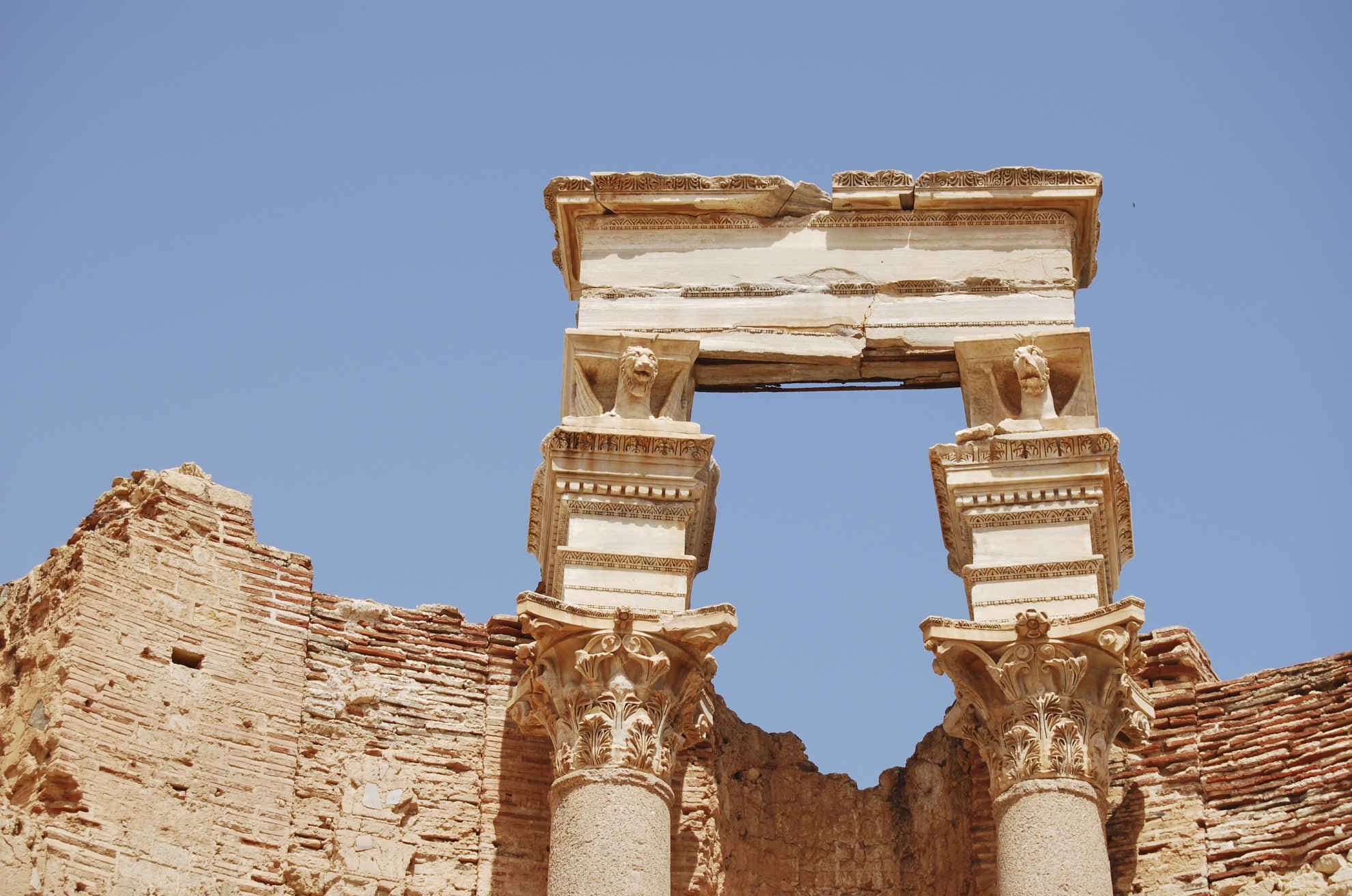On 8 April, we hosted Oren Margolis. His research on early modern epigraphy is particularly interesting to us it tackles the important problem of the (dis)continuity of patterns of epigraphic cultures and their transmission down to the early modern period from Antiquity.
His seminar paper and hours spent on discussing our research helped us a lot to better understand these issues and the complex ways of cultural transfer in epigraphy, across the great epochs in the history of humankind.
Oren gave the paper: "Pontifex Maximus and the Epigraphy of Early Quattrocento Rome" at our Monday seminar in epigraphy and papyrology. Abstract: In the roughly 1000 years after its supposed rejection by the emperor Gratian as ‘unlawful for a Christian’, the pagan title pontifex maximus was only rarely used of the popes and never by the popes themselves. The explosion of its use in papal epigraphy in the later Quattrocento has usually been interpreted as a sign of the Renaissance papacy’s imperial ideology, though in reality it owed significantly to the impact of Florentine humanism and its project of language reform. Yet to be properly explained, however, is the appearance of the title in a series of inscriptions of local, non-papal commission in early Quattrocento Rome. Central to this paper is a lost inscription, generally presumed spurious, from the re-foundation of the university. Its authentication and contextualization in turn expose alternate ways of living alongside and thinking about the Roman past and papal authority that challenge the humanistic mainstream, as well as an epigraphic culture that challenges presumed generic conventions.
